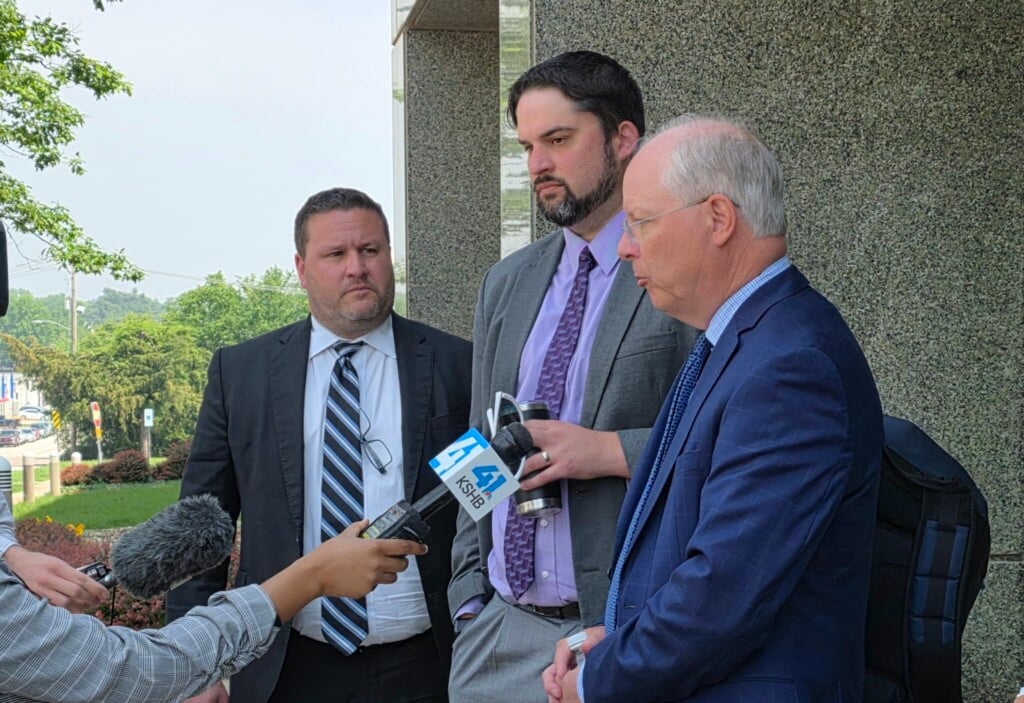Reporter’s Notebook: More on Kansas’ DNA databank

Rachel Harmon is a forensic scientist who lives in Lawrence, Kansas, and works for the Kansas Bureau of Investigation. Her work involves the state’s DNA databank, a library of DNA profiles from both convicted offenders and arrestees in Kansas, as well as the forensic casework samples for suspects whose identities are still unknown, like the man responsible for the crime detailed in this week’s feature story, “The Aftermath.”
Juliette Jones (not her real name) was attacked by that rapist 10 years ago, and he is still unidentified, though his DNA was uploaded into the CODIS database by KBI technicians in 2001. Still, she felt as though law enforcement had forgotten about her.
“That’s the best thing about the KBI databank,” Harmon says. “Whether or not the case is in the news, that’s irrelevant to the databank. It doesn’t forget, it
just keeps on working. That’s what I hope (Juliette) understands, too.
Her case is certainly not forgotten.”
Kansas’ databank was established in 1991 to catalog the DNA profiles of those convicted for violent and sexual crimes — mainly murder, rape and kidnapping. In 2002, Harmon says, the databank expanded significantly when the state passed a law mandating that the DNA profiles of all jailed Kansas felons are subject to inclusion in the databank.




